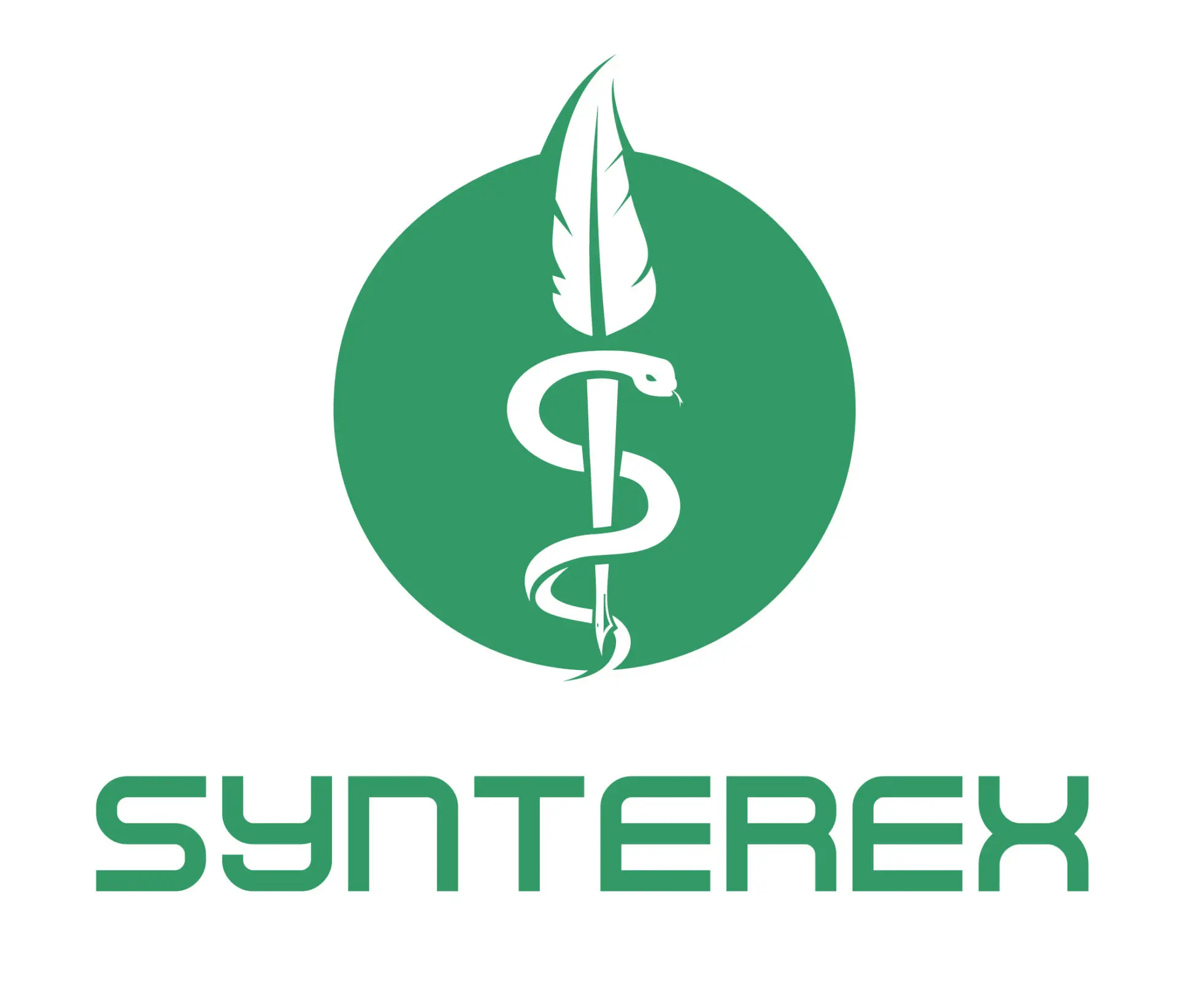Interested in becoming a Certified Rat Tickler? It’s not a joke; the certification is offered through Purdue University (Indiana, USA), and it can be important for laboratory animal welfare as well as improving the ease of handling rats used in research.
I first learned about rat tickling at a lab animal conference I attended years ago. I didn’t know much about laboratory animals at the time, but I was happy to see how many folks in attendance—researchers, veterinarians, lab animal caregivers—were concerned with the physical and mental well-being of the animals they worked with.
As we know, animals are often part of nonclinical studies before an investigational new drug moves on to human studies. Species commonly used include mice, rats, dogs, and monkeys, among others. But here in the 21st century, is it still necessary to test on animals? It’s certainly a complex and controversial topic, and regulations vary throughout the world. But alternative methods exist, and research to further validate (or invalidate) these methods and develop new ones is ongoing.
Alternative testing methods include:
- In vivo testing, such as the use of chorioallantoic membranes of embryonated chicken eggs as a model for studying the efficacy and toxicity of potential cancer treatments (Fischer et al, 2023)
- In vitro testing, including a 3D renal tubule-on-a-chip model, which uses human kidney cell lines to determine renal toxicity of experimental compounds (Vriend et al, 2023)
- In silico testing, which uses computer modeling and simulation to determine specific outcomes; an example is the Padova-University of Virginia Type 1 Diabetes Simulator used in nonclinical assessments of artificial pancreas technologies (Viceconti et al, 2017)
Using these techniques replaces the need for animals in certain portions of nonclinical studies. Although animal testing may still occur, particularly if the experimental compound or device shows promise, the number of animals used throughout the nonclinical drug development process can be greatly decreased. Not only that, but nonanimal models are often less expensive, quicker, and produce more relevant results (Leist and Hartung, 2013; Meigs et al, 2018; Viceconti et al, 2017).
This all relates to the 3Rs of animal research:
- Replacement—avoiding or replacing the use of animals in scientific experiments
- Reduction—minimizing the number of animals used
- Refinement—employing methods and improving animals’ living conditions to minimize pain, suffering, and distress
The 3Rs are nothing new. They were first defined in Russell and Burch’s 1959 book, The Principles of Humane Experimental Technique. More detailed explanations of Replacement, Reduction, and Refinement can easily be found online (see, for example, the National Centre for the Replacement, Refinement & Reduction of Animals in Research or The 3Rs Collaborative), along with countless published studies on related concepts and alternative technologies. Although the idea of the 3Rs has been around for decades, in general, practical applications of these concepts have only relatively recently started taking off. I, for one, am looking forward to the day when the drug development process does not include animal testing at all but instead a wider variety of scientifically validated methods that meet the needs of all those involved in bringing hope to patients through medicine.
Note: If you have an opportunity to perform some rat tickling, it’s important to do it correctly or, instead of invoking pleasure in the rat, you could instead incite aggression. There are several published research studies that have led to rat tickling best practices (Bombail et al, 2021; Hinchcliffe et al, 2020; LaFollette et al, 2018; LaFollette et al, 2017). Also, some rats don’t particularly enjoy tickling, and it might not be appropriate enrichment in some clinical studies. Finally, don’t forget pet rats – tickling might be a great way to bond with them!
REFERENCES
Bombail V et al. (2021). Crying with laughter: Adapting the tickling protocol to address individual differences among rats in their response to playful handling. Frontiers in Veterinary Science 8:677872. doi: 10.3389/fvets.2021.677872
Fischer D et al. (2022). The CAM model—Q&A with experts. Cancers 15(1):191. doi: 10.3390/cancers15010191
Hinchcliffe JK et al. (2020). Rat 50 kHz calls reflect graded tickling-induced positive emotion. Current Biology 30(18):R1034-R1035. doi: 10.1016/j.cub.2020.08.038
LaFollette MR et al. (2017). Rat tickling: A systematic review of applications, outcomes, and moderators. PLoS ONE 12(4):e0175320. doi: 10.1371/journal.pone.0175320
LaFollette MR et al. (2018). Practical rat tickling: Determining an efficient and effective dosage of heterospecific play. Applied Animal Behaviour Science 208:82-91. doi: 10.1016/j.applanim.2018.08.005
Leist M and Hartung T. (2013). Inflammatory findings on species extrapolations: Humans are definitely no 70-kg mice. Archives of Toxicology 87(4):563-567. doi: 10.1007/s00204-013-1038-0
Meigs et al. (2018). Animal testing and its alternatives – the most important omics is economics. Alternatives to Animal Experimentation 35(3):275-305. doi: 10.14573/altex.1807041
Russell WMS and Burch RL. (1959). The Principles of Humane Experimental Technique. London:Methuen & Co. 252pp.
Viceconti M et al. (2017). In silico assessment of biomedical products: The conundrum of rare but not so rare events in two case studies. Proceedings of the Institution of Mechanical Engineers. Part H, Journal of Engineering in Medicine 231(5):455-466. doi: 10.1177/0954411917702931
Vriend J et al. (2021). Nephroscreen: A robust and versatile renal tubule-on-a-chip platform for nephrotoxicity assessment. Current Opinion in Toxicology 25:42-28. doi: 10.1016/j.cotox.2021.03.001
